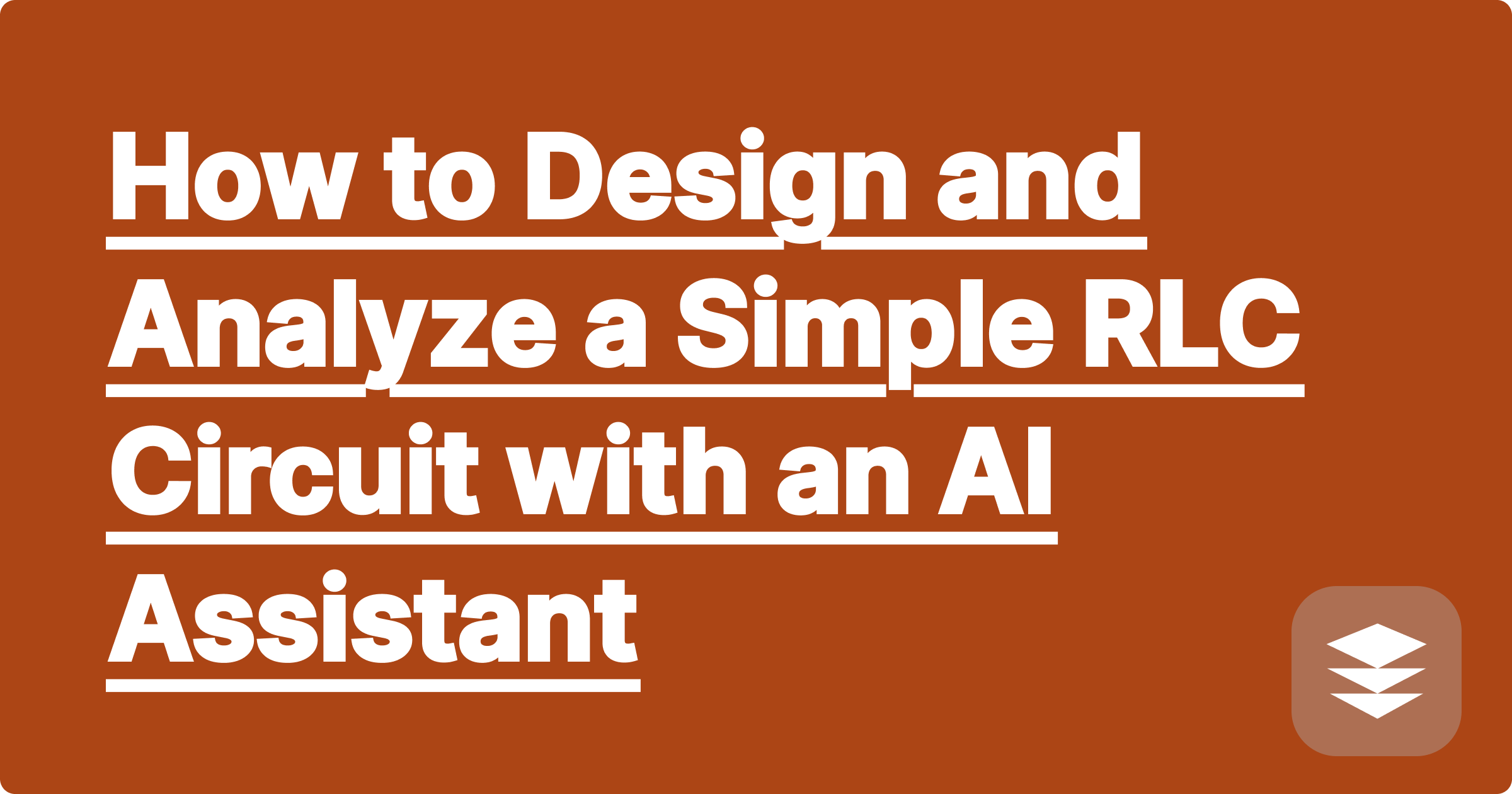
The RLC circuit is a fundamental building block in electrical engineering. It's one of the first places where you see the deep connection between circuit theory and differential equations. Analyzing its behavior—how it responds to a sudden change (transient response) and how it behaves with an AC source (steady-state response)—is a core skill for any ECE student.
However, the analysis is mathematically intensive. It requires you to set up and solve a second-order differential equation and work with complex numbers (phasors) in the frequency domain. A simple calculation mistake can lead you to an incorrect conclusion about whether the circuit is overdamped, underdamped, or critically damped.
An AI assistant like GPAI can be your perfect partner for this task. You can use the Solver for a detailed RLC circuit analysis solver and the Cheatsheet to organize the key formulas and concepts.
Every RLC circuit problem typically falls into one of two categories:
Let's say you have a series RLC circuit and you need to find the current i(t) after a switch is closed.
This automates the entire analytical process, giving you a clear and accurate result.
Now, let's analyze the same circuit with an AC voltage source. This is where an ac circuit simulation help AI shines.
This is where the GPAI Cheatsheet comes in. As you work through these problems, you build a perfect, personalized study guide.
This turns your homework into a reusable, high-quality study asset.
Analyzing RLC circuits is a foundational skill. By using an AI assistant to handle the complex and error-prone calculations, you can focus on building an intuitive understanding of the results. What happens to the damping if I increase R? How does the phase angle change as I approach the resonant frequency? Answering these "what if" questions is what will make you a great circuit designer.
[Master your circuits class with GPAI. Use the Solver for complex RLC analysis and the Cheatsheet to build your perfect study guide. Sign up for 100 free credits today.]
A Step-by-Step Guide to Your First MATLAB/Simulink Project with AI
How to Design and Analyze a Simple RLC Circuit with an AI Assistant
The Ultimate Cheatsheet for Your Thermodynamics Final Exam
From Free-Body Diagram to Solution: Solving Statics Problems with AI
How to Ace Your Signals and Systems Class with an AI Fourier Analyzer
Your Personal Assistant for Fluid Mechanics Homework
How to Create an Algorithm Analysis (Big O) Cheatsheet with AI
A Guide to Writing and Verifying Mathematical Proofs with AI
How to Build a Complete Study Guide for Your Operating Systems Course
Using an AI to Solve and Explain Probability Distribution Problems